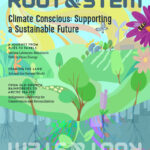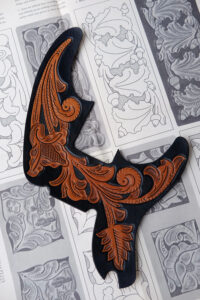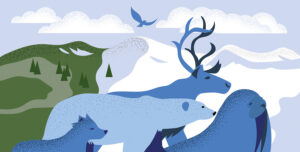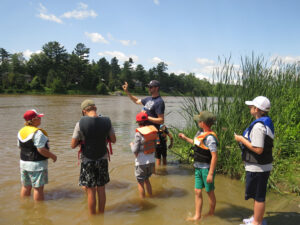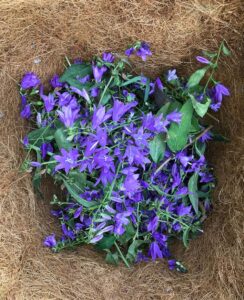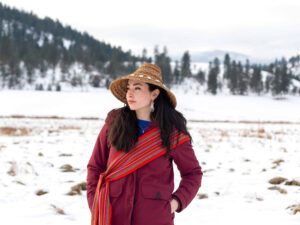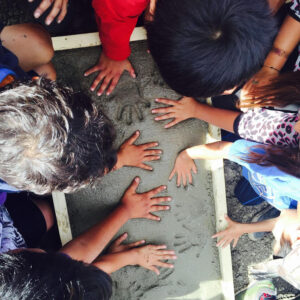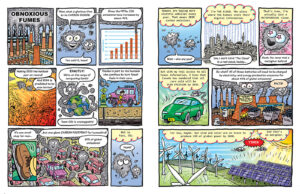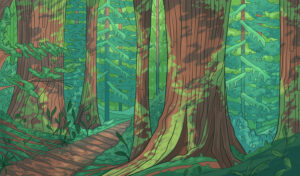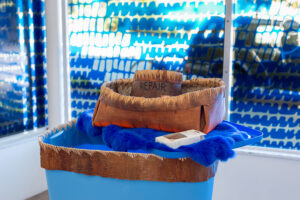This issue of Root & STEM explores the ways in which climate change is affecting animals, humans, and the environment in which we live. With a focus on sustainability and an understanding of the interconnectedness of ecosystems, biodiversity, and human activities, this issue aims to examine how humans can reverse the effects of climate change and protect the world for future generations. You’ll find articles and illustrations from artists, educators, and researchers exploring these topics—from the social, economic, and environmental implications of climate change to examples of sustainable design and art initiatives making a positive impact. This issue encompasses the integration of science, technology, engineering, art, and mathematics to address the challenges—and opportunities—associated with our planet’s health and sustainable future.
Guest Editorial
A New Normal in the North
I must admit that writing this was a bit difficult.
Climate change has been an important topic for some time now and, although it’s getting harder to ignore, that doesn’t make it any easier to face. The world, and we humans along with it, is undergoing a massive change and we are seeing the effects right in front of our eyes and in our own backyards. From my observation and experience, people up in the North of Canada have spent years trying to come to terms with climate change and are reacting to the reality that we are seeing in our daily lives.
The land Inuit have been living on for thousands and thousands of years used to be much colder, with mountains and hills covered in glaciers for kilometres. The winters were longer with more ice and the summers were shorter with less life. Now, the land looks very different. Every year, there is less snow. The sea ice breaks up sooner and melting glaciers cause flooding in other parts of the world.
The seasons are changing unlike ever before and there are environmental indicators showing us that this isn’t natural. In springtime in the past, we started to see birds, like snow buntings, that we hadn’t seen all winter. When the weather started to warm up, all kinds of life started up again. But now, snow buntings seem to be present all year round, pushed off of their previous cycle of migration by changes in the climate.
Unpredictable weather and seasons are particularly harmful to humans in the North because Inuit use the environment to tell us what we need to know. Malikaat (mountain aven) is the true weather and time indicator. When it starts to get colder, the flower twists and closes up and is blown away in the wind, which indicates that it is prime time to use caribou fur for our winter clothing. Malikaat follows the direction of the sun, which helps us estimate what time of day it is. But, due to the effects of climate change, we can no longer rely on malikaat the same way.
I have vivid early memories of coming back from our spring camping grounds by snowmobile on Canada Day in July. Today, that wouldn’t be possible. Boating now happens in July because of the earlier melting of the ice, which starts now in May or June. This has also led to an increase of ships coming into ports in Nunavut and the North, due to longer summers and ice-free areas, something that also has an impact on the human and animal community. Imagine how these changes affect the hunting and travel routes for Inuit, who are reliant on the land, ice, water, and animals of the environment. Hunters can no longer trust their knowledge and skills due to the fast-changing climate and inconsistent weather patterns that cause the trails to change and the ice to thin. Hunters have noticed that caribou and seals have more parasites under their skin and sometimes in their meat, potentially a result of stress caused by a changing diet and climate.
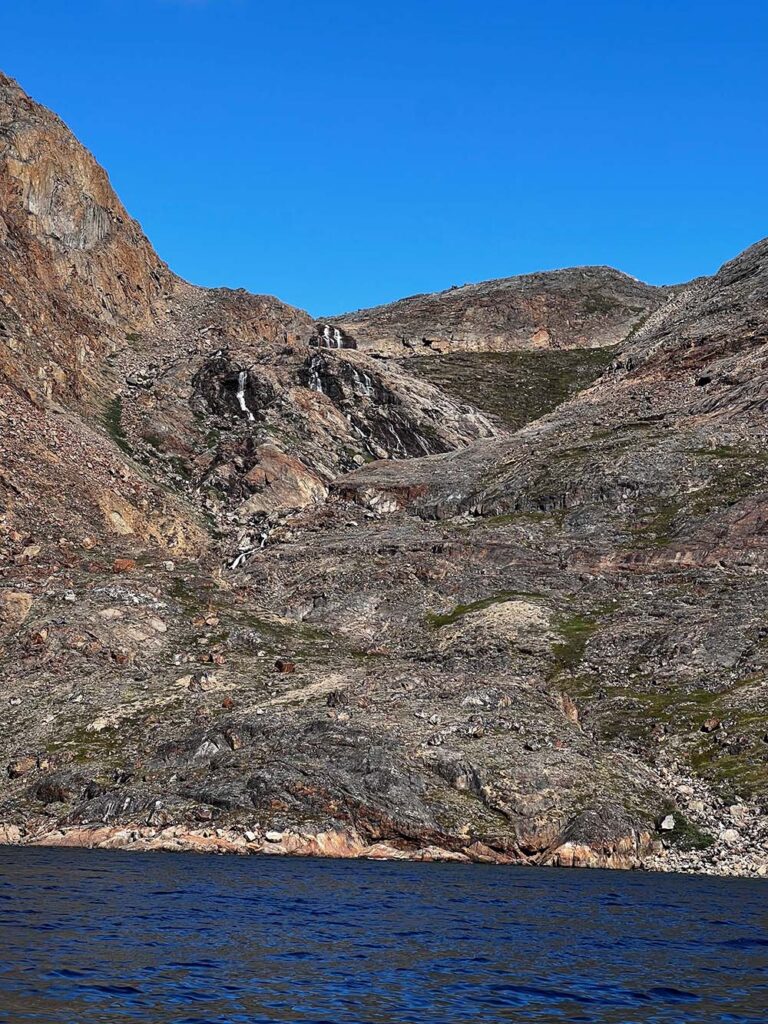
A fresh water stream flows in Tiggaqtuu. 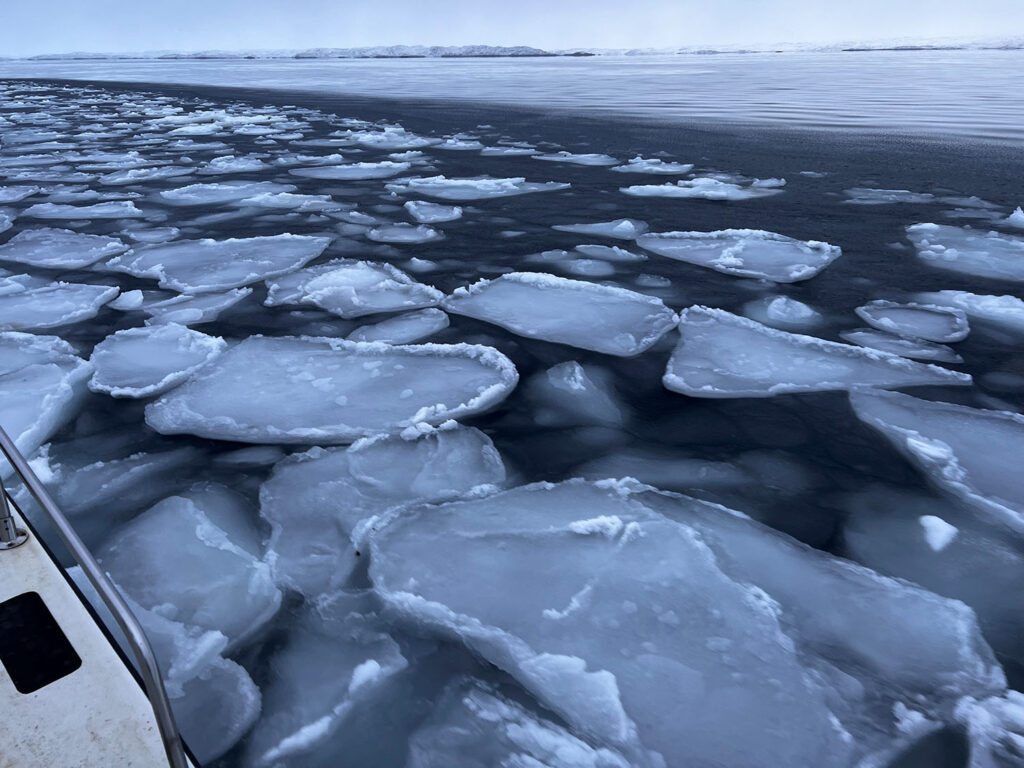
A fall time ice formation called Kaikuit in Nunavut waters. 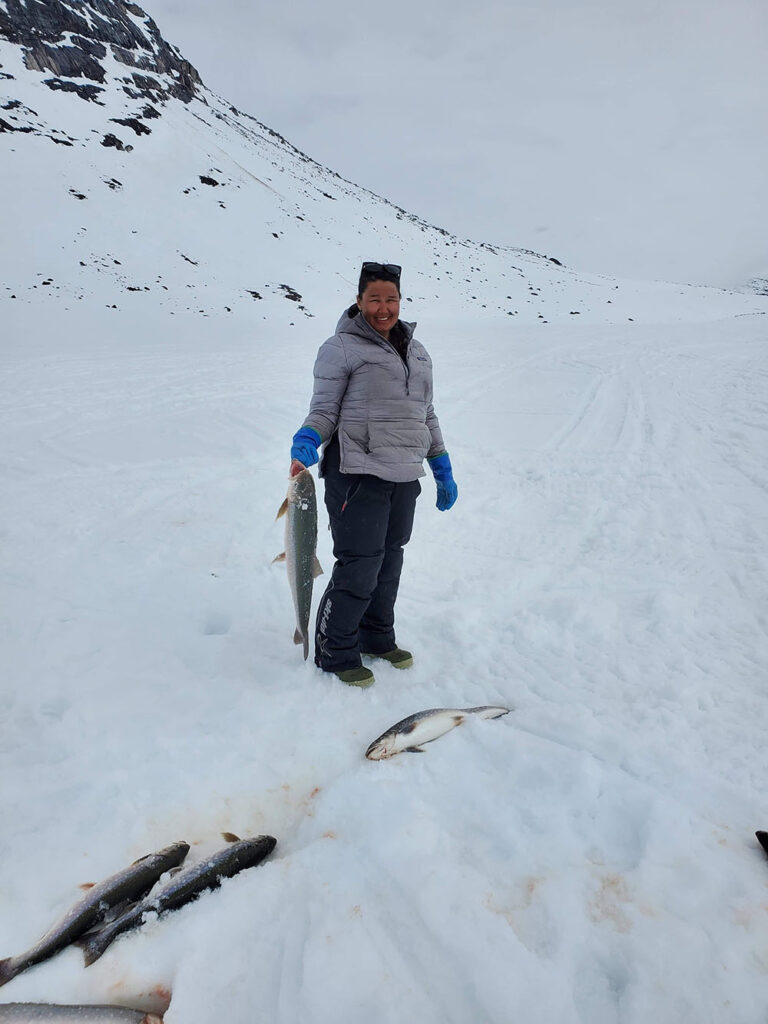
Caroline Whittle stands with her successful fishing catch at Sukanga Lake, north of Iqaluit.
Photos courtesy of Caroline Whittle
Before colonization, Inuit were a most resourceful and sustainable people. We used what we had to get what we needed to survive; today, climate change has made that nearly impossible. Of course, we can become sustainable again by observing the weather, the stars, the Sun, the Moon, and the seasons, and adapting while learning the new patterns. In collaboration, Inuit harvesters are gatekeepers who ensure knowledge is kept, all the while maintaining the community through the tradition of sharing your catch. This way of living educates both the generation we are in, and the next, to protect the valuable skills we have that will ensure we continue, and leave behind, a sustainable world.
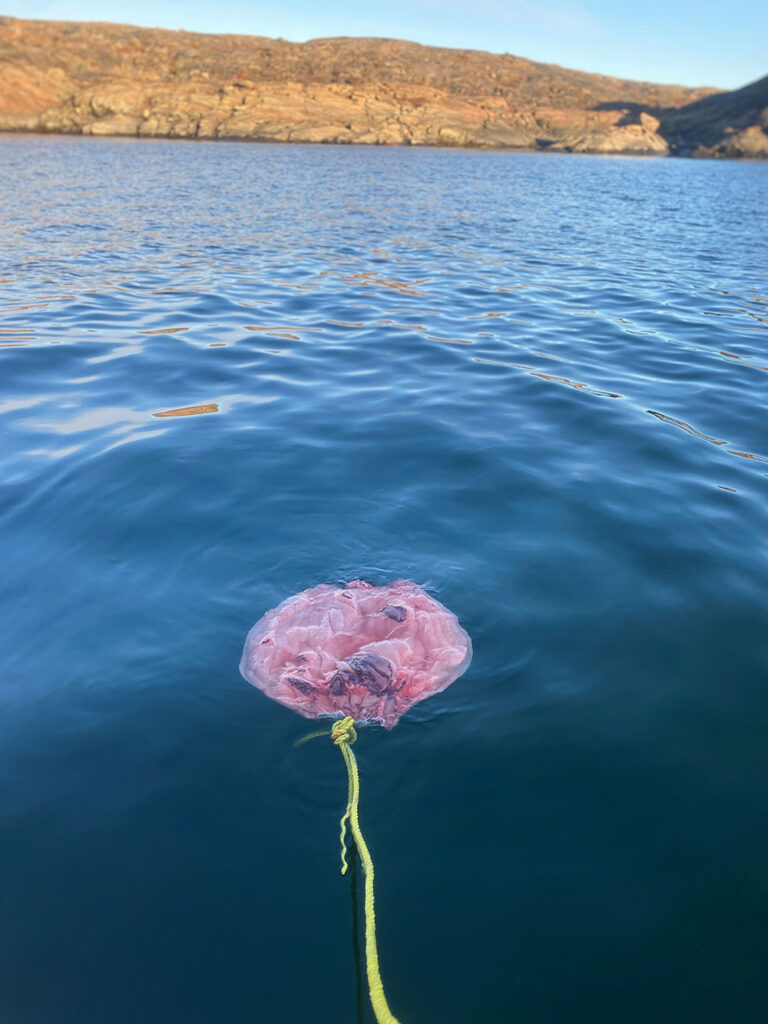
Seal skin is soaked in the ocean to drain any blood before removing fat for skinning. 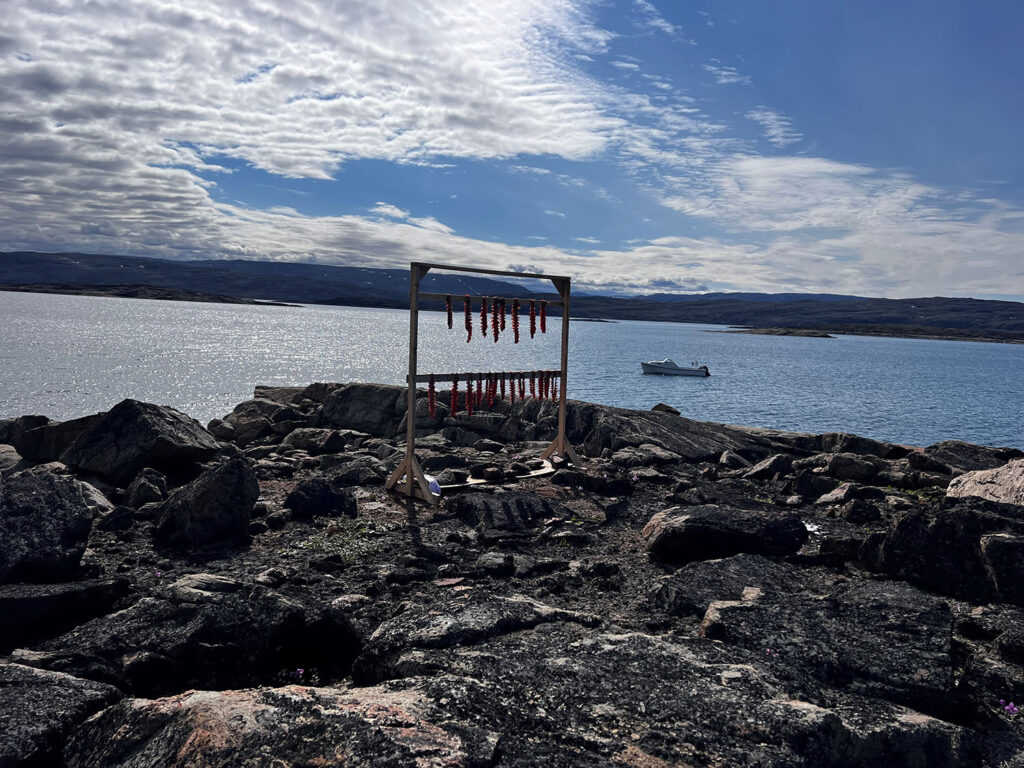
Pitsiit (dried fish) is hung for drying at a cabin after a windy day in Aulatisviit, Iqaluit.
Photos courtesy of Caroline Whittle
– By Caroline Whittle
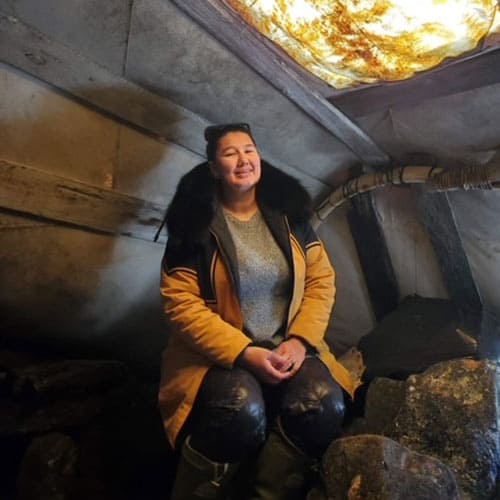
Featured Content
Below is a collection of stories, and comics featured in the ninth issue of Root & STEM.
